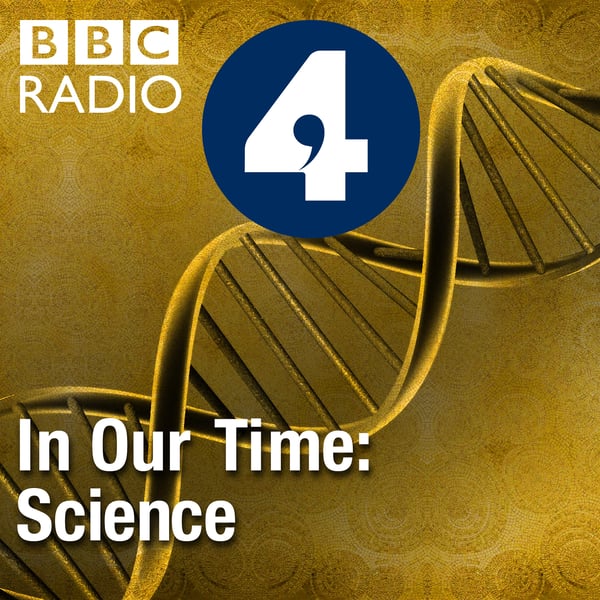Nuclear Fusion
In Our Time: Science
BBC
4.5 • 1.4K Ratings
🗓️ 30 October 2014
⏱️ 47 minutes
🧾️ Download transcript
Summary
Transcript
Click on a timestamp to play from that location
| 0:00.0 | Thank you for downloading this episode of In Our Time, for more details about in our time, and for our terms of use, please go to BBC.co.uk. |
| 0:09.0 | I hope you enjoy the program. |
| 0:11.0 | Hello, we'll be talking about nuclear fusion. If you crash together two nuclei of |
| 0:15.9 | hydrogen with enough force you create a helium atom, a spare neutron and a great deal of |
| 0:21.1 | energy. This is nuclear fusion, and you get an idea of just how much |
| 0:24.9 | energy it produces when you consider that it's the physical process that powers the sun. Nuclear fusion |
| 0:31.0 | is a meeting point between research into atomic physics, astronomy, magnetic fields and material science. |
| 0:37.0 | Scientists understand the physics of fusion well enough to make it happen in a laboratory, |
| 0:42.0 | but doing so involves heating gases to |
| 0:43.9 | temperatures of more than 200 million degrees centigrade. Enthusiasts for |
| 0:48.7 | fusion say that it can make it, that if we can make it work efficiently, it will provide |
| 0:52.4 | as much clean, cheap energy as we will ever need. But putting |
| 0:56.2 | the theory into practice turns out to be extremely difficult. With me to discuss nuclear |
| 1:00.3 | fusion now, Justin Walk, Professor of Physics and Fellow of Trinity College at the University of |
| 1:05.4 | Oxford, Philip Browning, Professor of Astrophysics at the University of Manchester, |
| 1:10.8 | and Steve Cowley, Professor of Plasma Physics at Imperial College London and Chief Executive of the UK Atomic Energy Authority. |
| 1:18.0 | Justin Walk, can you give us an idea of the structure in an atom that's relevant to nuclear fusion? |
| 1:23.0 | Well, with the subject of nuclear fusion, obviously we're talking about the nuclei of atoms, |
| 1:28.0 | and so let me try and set the scene and set the scale. |
| 1:32.0 | And to do that, let's use the microscope of our |
| 1:34.6 | imaginations and to start off with to get a scale let's envisage that our |
| 1:39.7 | whole field of view has something that we would be familiar with, say something the size of the |
... |
Please login to see the full transcript.
Disclaimer: The podcast and artwork embedded on this page are from BBC, and are the property of its owner and not affiliated with or endorsed by Tapesearch.
Generated transcripts are the property of BBC and are distributed freely under the Fair Use doctrine. Transcripts generated by Tapesearch are not guaranteed to be accurate.
Copyright © Tapesearch 2025.

